Teardown
The card is disassembled relatively quickly, even though the backplate is only screwed on via the board’s upper side.
PCB layout and components
First, let’s start with the circuit board, as always. NVVDD is still the most important voltage and so this results in a voltage converter design with a total of 8 true phases (instead of 6 on the FE and most MSRP boards) and the resulting 8 control loops for NVVDD alone. Thus, you do not save quite as much compared to the RTX 4070 Ti, but this is completely acceptable in view of the significantly lower TDP. The two additional phases opposite the VU are connected once to the 8-pin and once to the motherboard slot, which increases the load somewhat.
This doesn’t look quite as lean as it did on the FE, which is reassuring. One also uses separate PWM controllers for NVVDD (GPU core) and FBVDDQ (memory), because the top models among the PWM controllers are unfortunately much too expensive. And that’s why the good and well-known uP9512R from UPI Semi has to do it again, which can easily generate the 8 phases and is significantly cheaper than the models from Monolith, which, however, is completely sufficient. A second PWM controller in the form of the small uP9529 then controls the two phases for the memory. By the way, both controllers are located on the back of the board. Directly in between is a uPI uS5650Q for monitoring the four 12V rails (3x Aux and 1x PEG).
All the DrMOS used, including those for the memory, are rather inexpensive products from OnSemi, which we already know from the Founders Edition. Used in all control loops for NVVDD and FBVDDQ (memory), the NCP 302150 with 50 A peak current integrates a MOSFET driver, high-side MOSFET and low-side MOSFET in a single package. This chip is specifically designed for high current applications such as DC-DC buck power conversion applications. This integrated solution reduces the space required on the PCB compared to a solution with discrete components. The coils used for NVVDD and the memory have an inductance of 220 nH, and the capacitors are in cup form, which is cheaper.
The 12V rails on the 8-pin connector are combined into a single rail directly after the socket, another one is connected to the PEG, and is only slightly used for NVVDD. The BIOS is in the usual place and the generation of the remaining extra-low voltages is also as usual. The GDDR6X memory chips are manufactured by Micron and bear the model number D8BZC, which is decoded to MT61K512M32KPA-21:U. They are specified for a clock frequency of 1313 MHz (21 Gbps GDDR6 effective). There are no more special features.
Teardown: The cooler
PNY relies on the usual fans, in this case only two. With the 8.5 cm rotor blades (opening 9 cm), the two identically aligned fans, each with 9 rotor blades thanks to no circumferential ring, emit a rather wide airflow in the direction of the cooler, which leads to more turbulence and losses at the air intake and below the cooler cover (tearing noise).
A total of three non-nickel-plated heatpipes made of copper composite material lead from the heatsink to the end of the cooler, part of which also protrudes over the very short PCB. This results in a welcome “draught”, as there is no PCB to slow down the airflow. All three heatpipes then also lead towards the slot bracket. This is also where the much more stable VRM heatsink is located compared to the MSI RTX 4070 Ventus, which does its job more than just sovereign this time. The single NVVDD phase on the card’s upper side and the two voltage converters for the memory are also actively and validly cooled by adapted, additional cooling surfaces.
The pads used are ok, but not top shelf. So you’ll find some cost-down here, too. This time, the metallic backplate is again only screwed to the PCB, but additionally to the cooler cover at the cooler end with two single screws. This stabilizes the board and prevents it from bending during horizontal assembly. I already wrote something about the airflow, and we can still see the appropriate cutout for it here (right).
And now, as promised, we will return to the slot aperture. Since the slot bracket is firmly connected to the PCB and the backplate, PNY also stabilizes this angle with the cooler cover with two letters. This guarantees a consistently good contact pressure on the areas to be cooled.
- 1 - Introduction, technical data and technology
- 2 - Test system and the igor'sLAB MIFCOM PC
- 3 - Teardown: PCB, components and cooler
- 4 - Gaming Performance
- 5 - Power Consumption and load balancing
- 6 - Transients and PSU recommendation
- 7 - Clock rate, temperatures and thermal imaging
- 8 - Fan curves and noise analysis
- 9 - Summary and conclusion















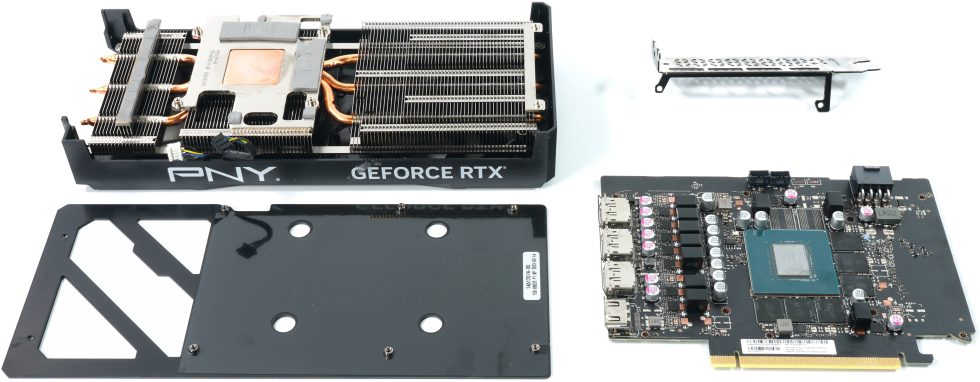
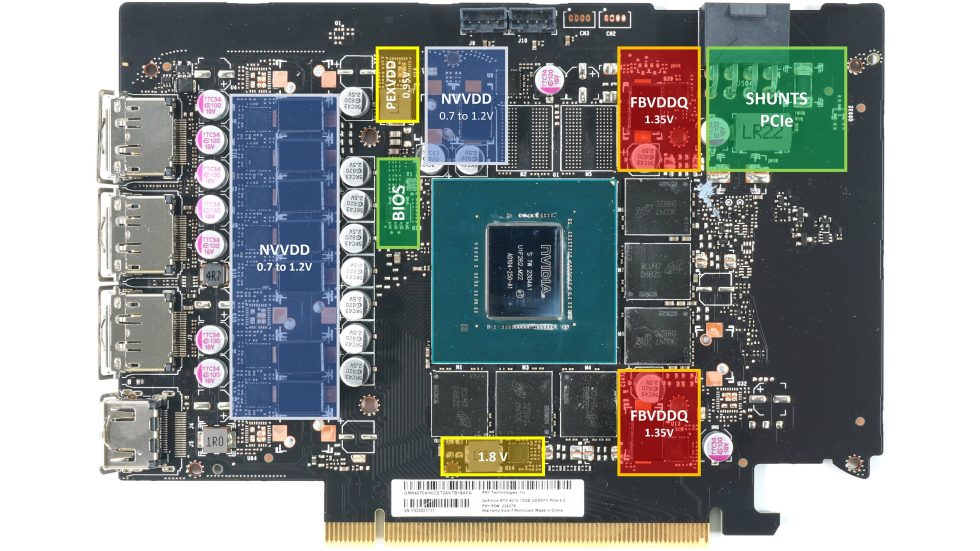
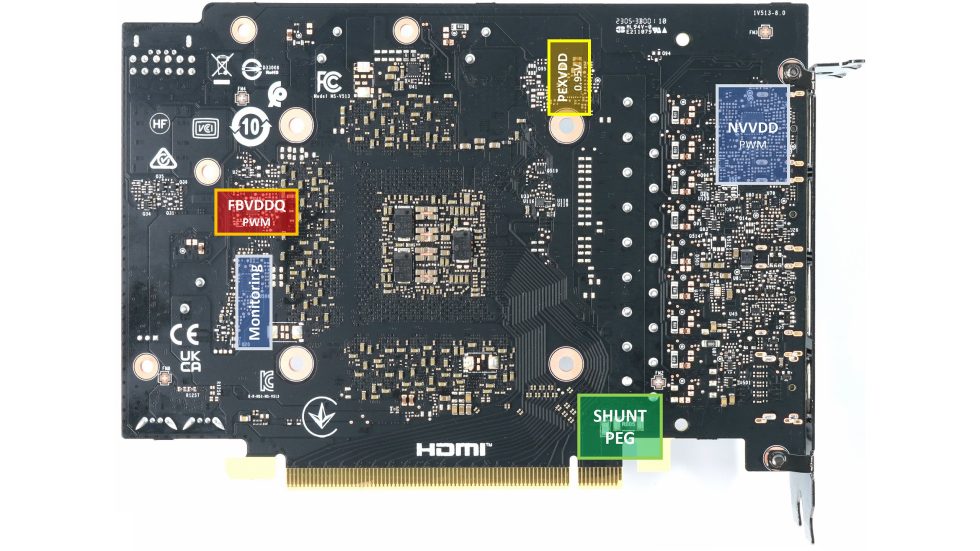
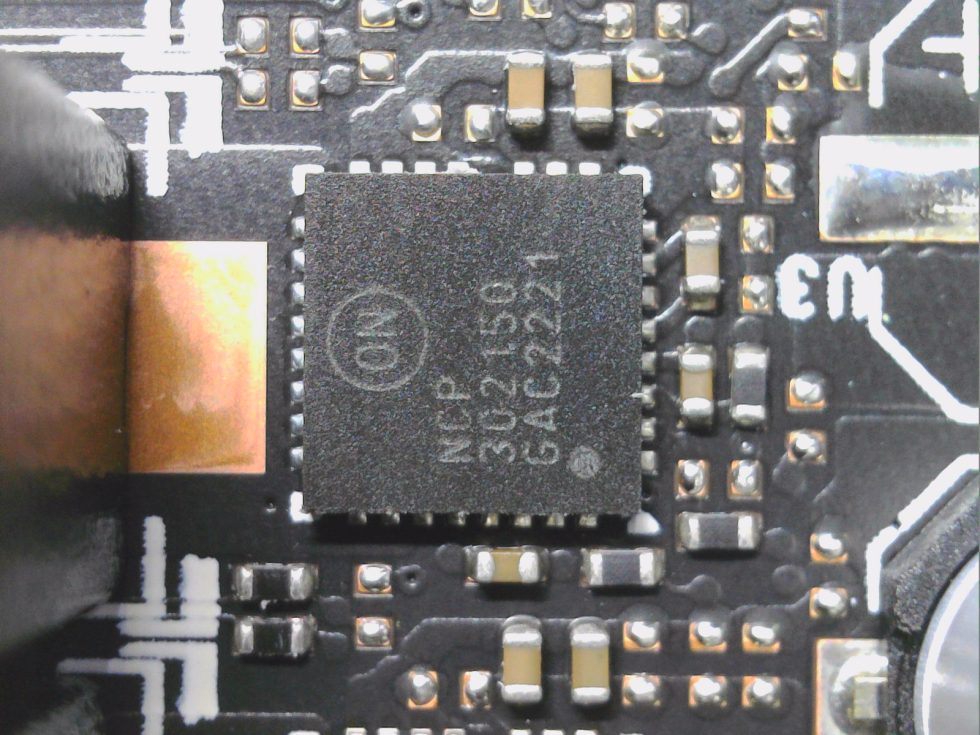
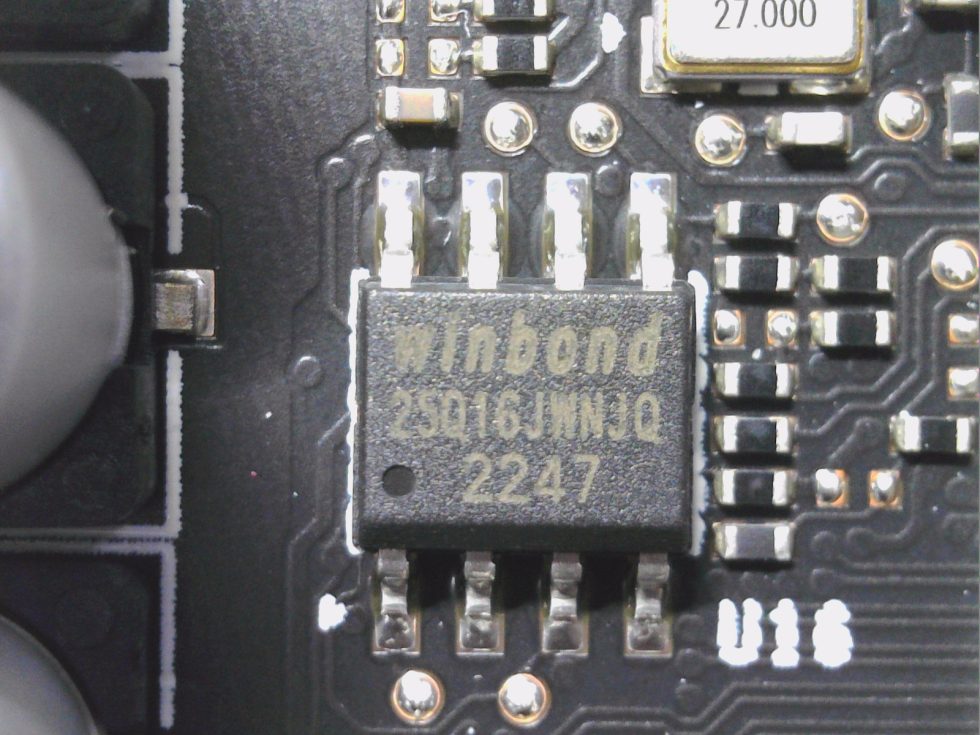
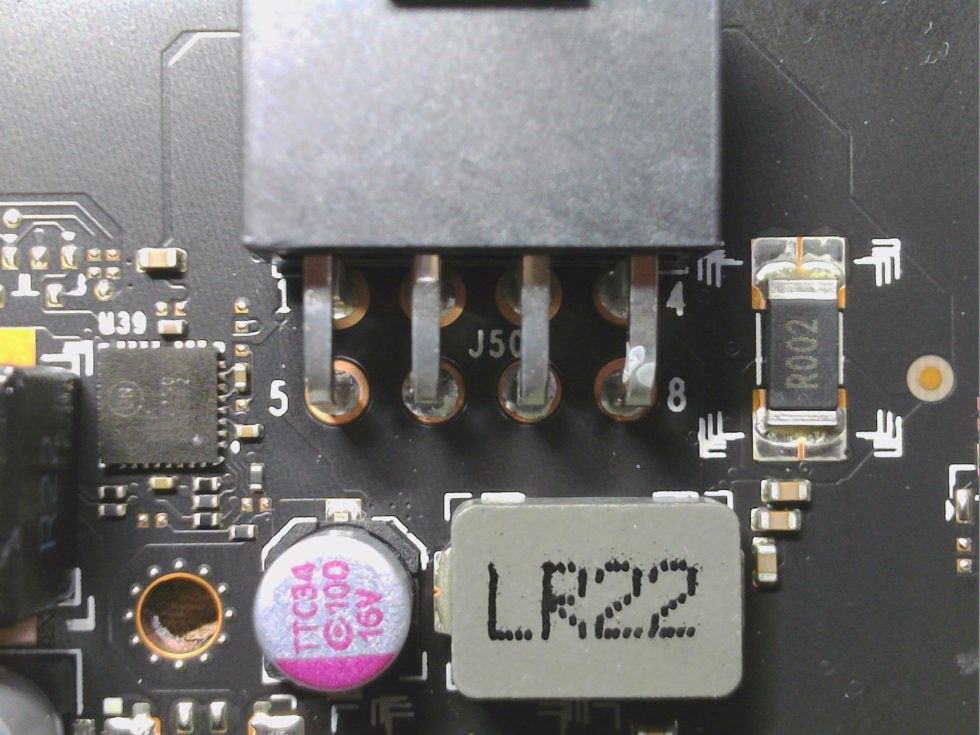
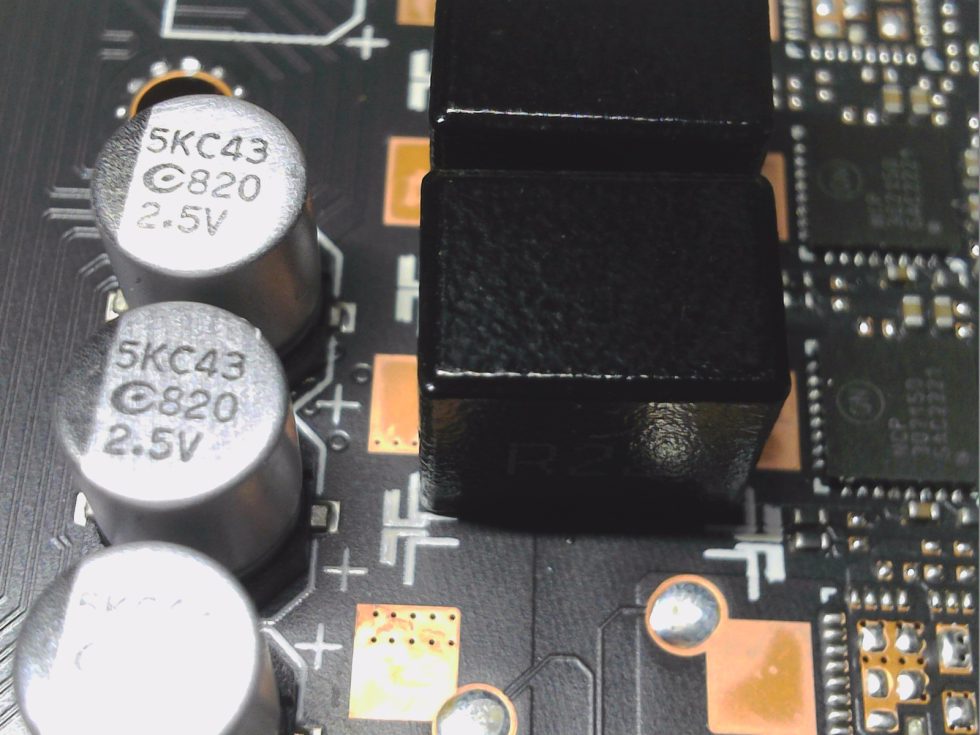
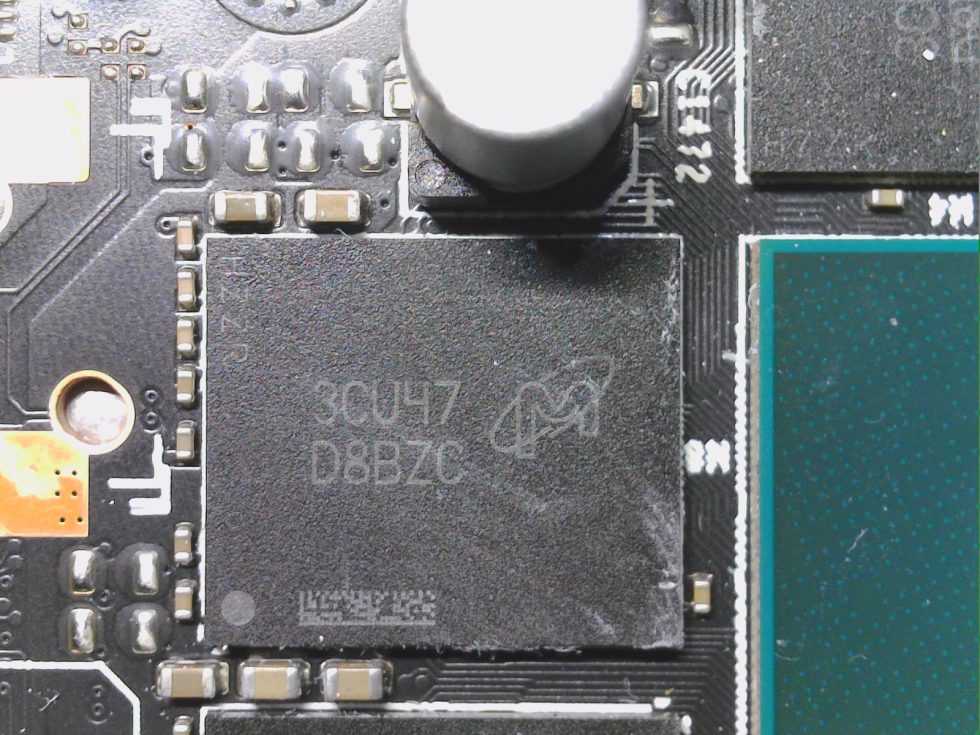
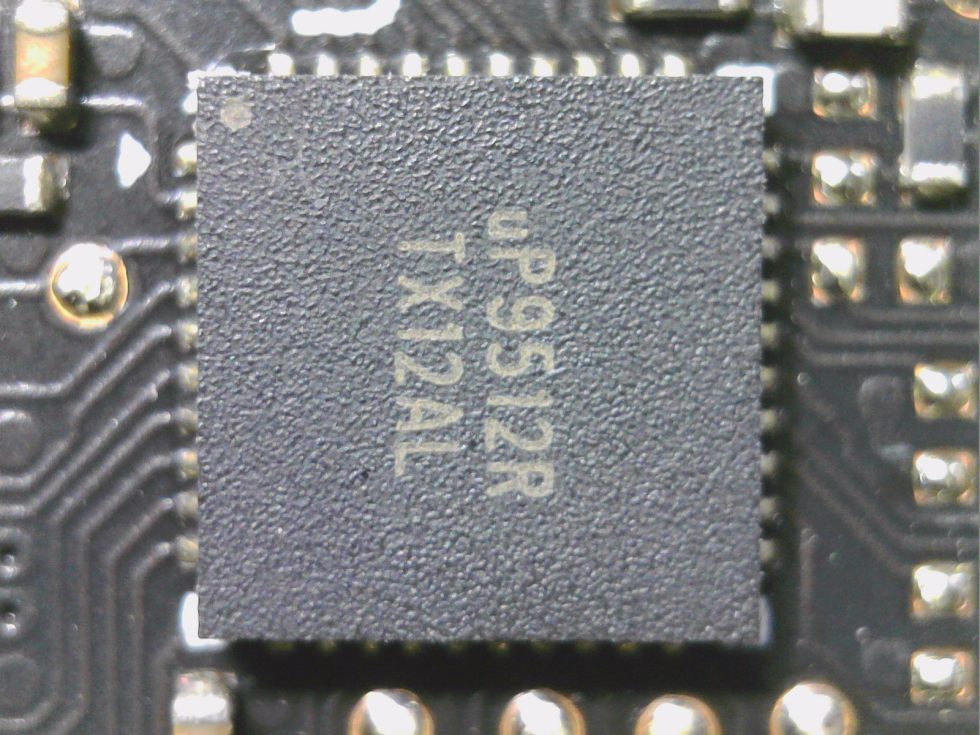
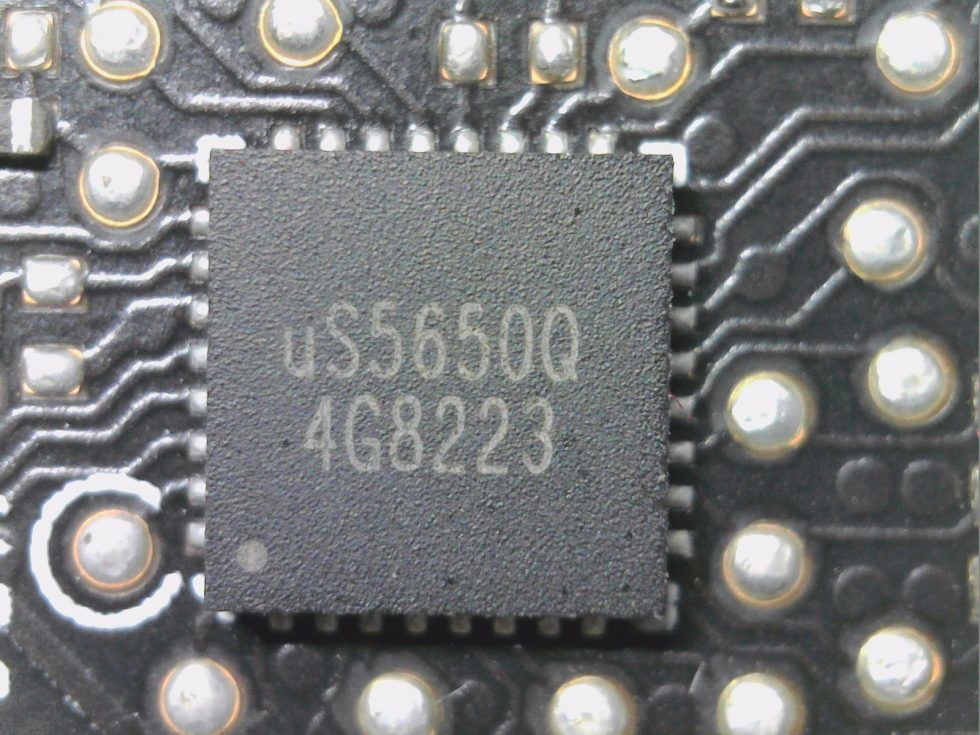
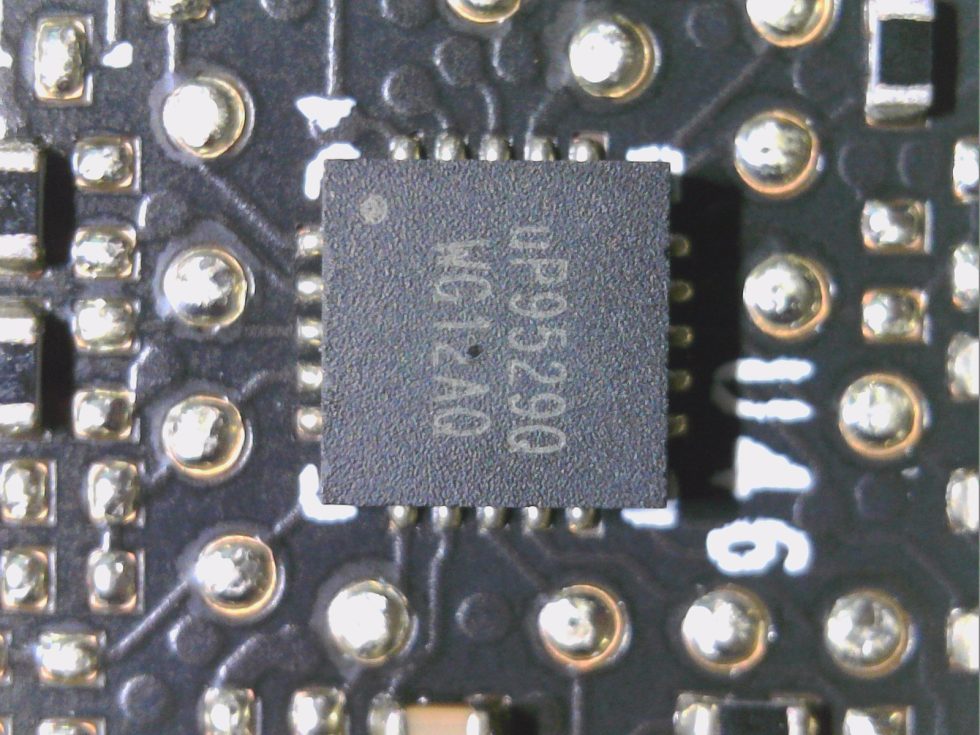
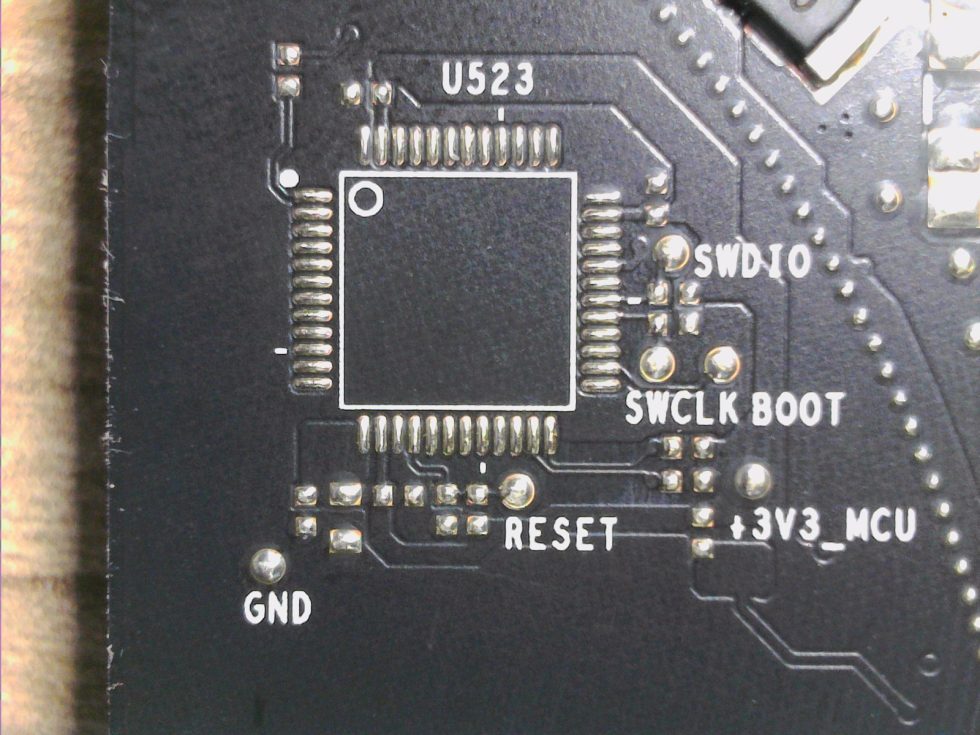

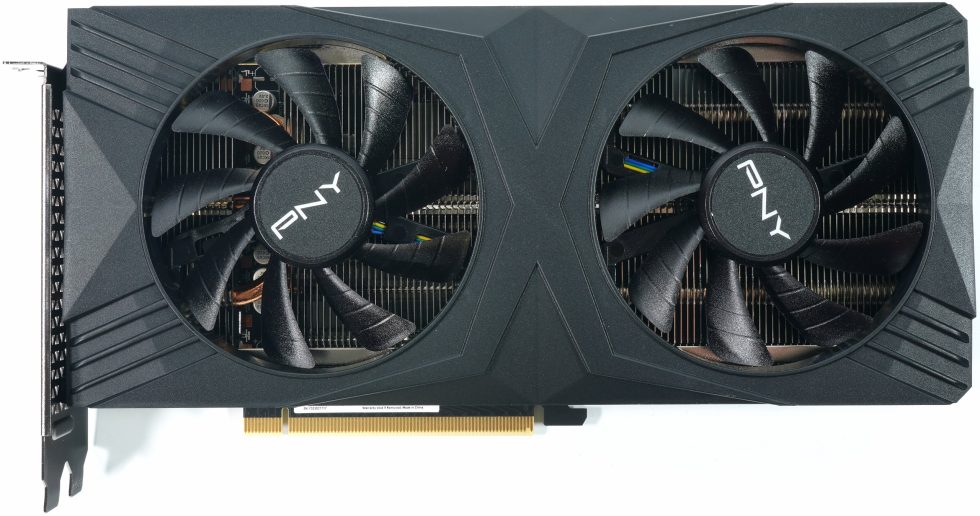
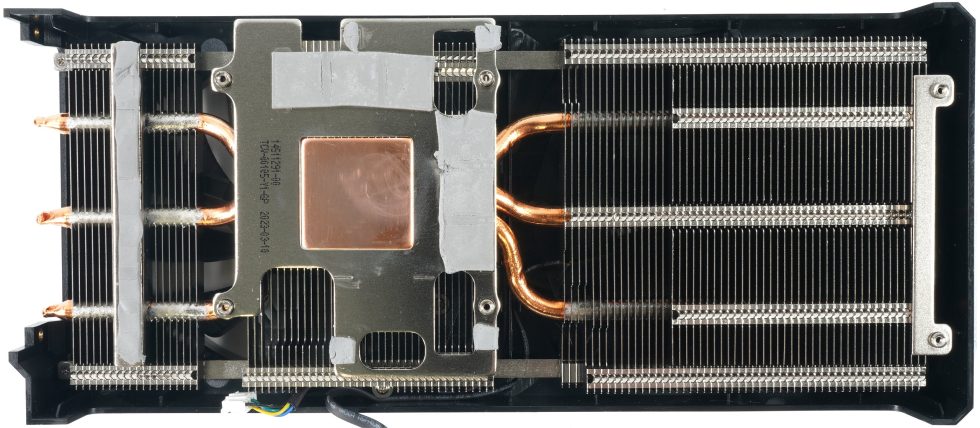
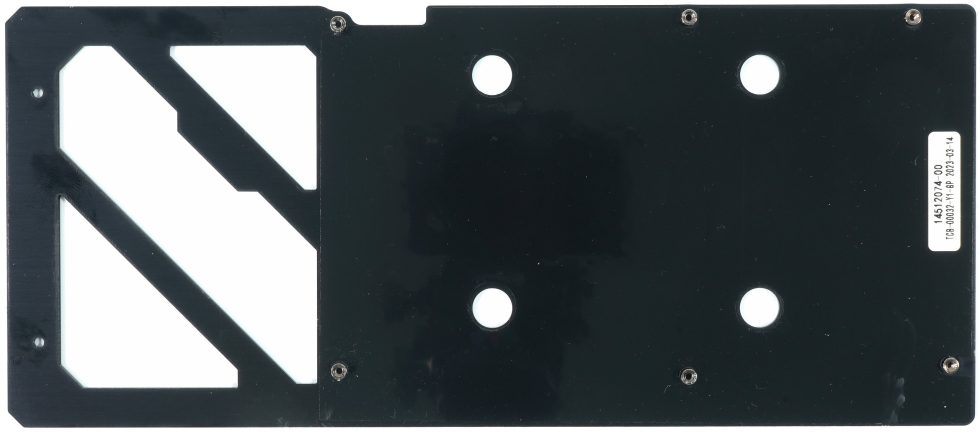
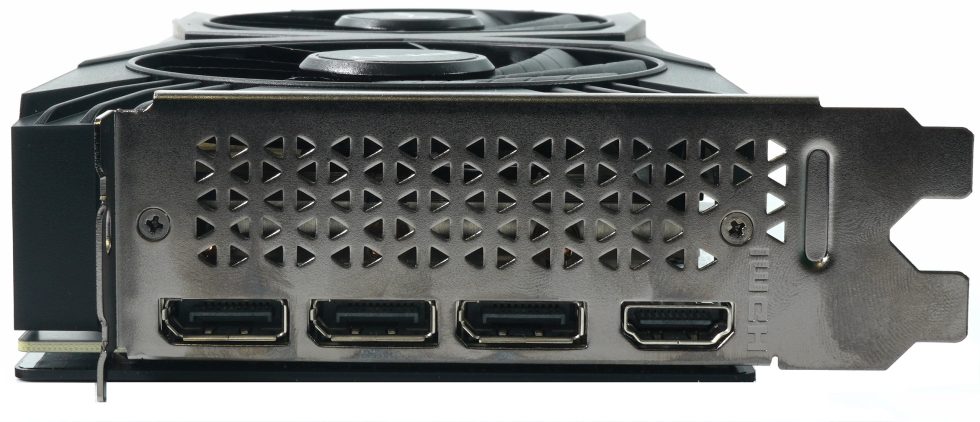





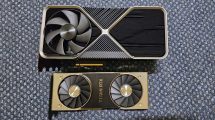













32 Antworten
Kommentar
Lade neue Kommentare
Urgestein
Mitglied
Urgestein
Mitglied
Urgestein
Urgestein
Mitglied
Veteran
1
Urgestein
Veteran
Veteran
1
Veteran
Mitglied
Veteran
Urgestein
Mitglied
Alle Kommentare lesen unter igor´sLAB Community →